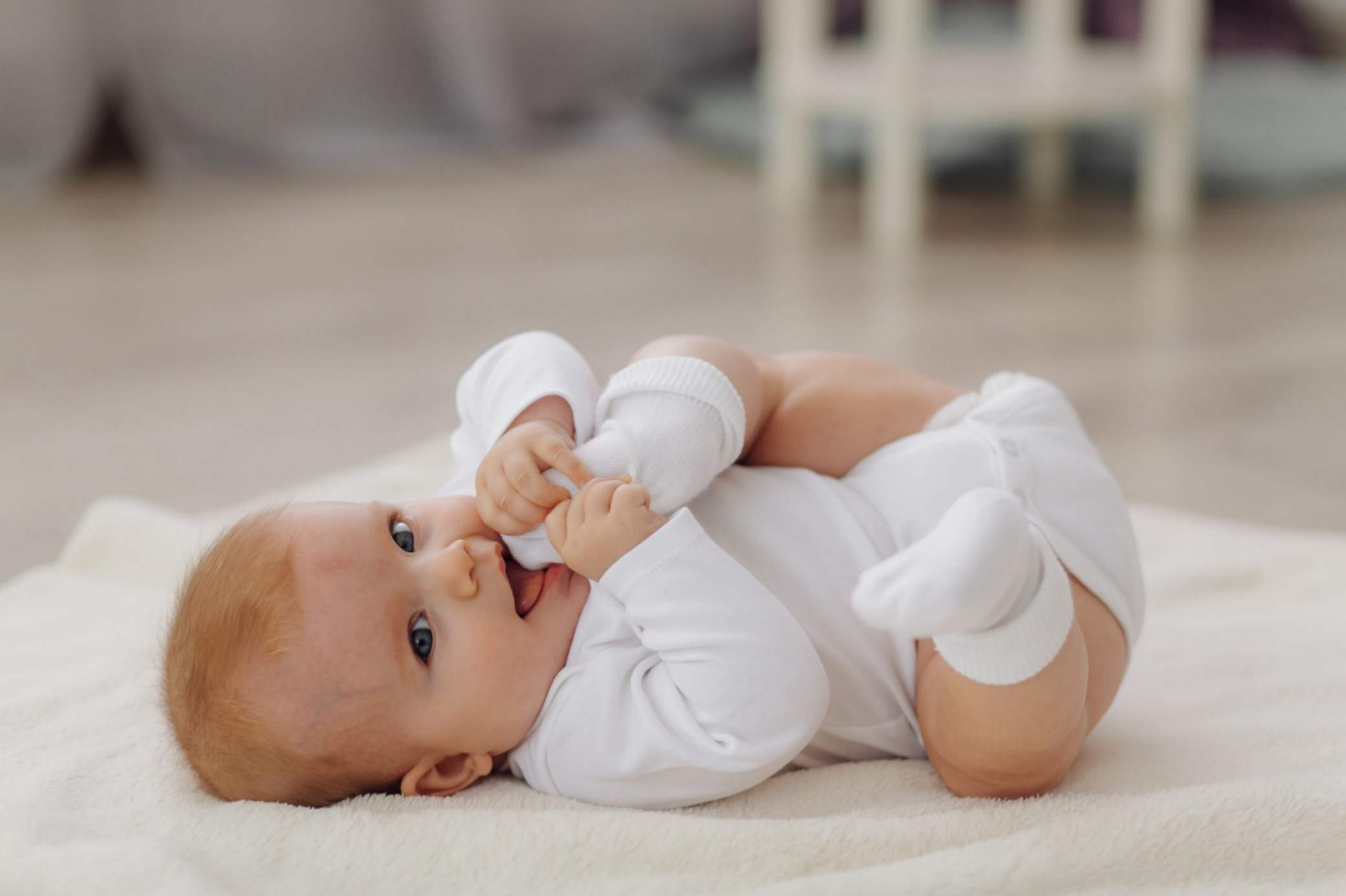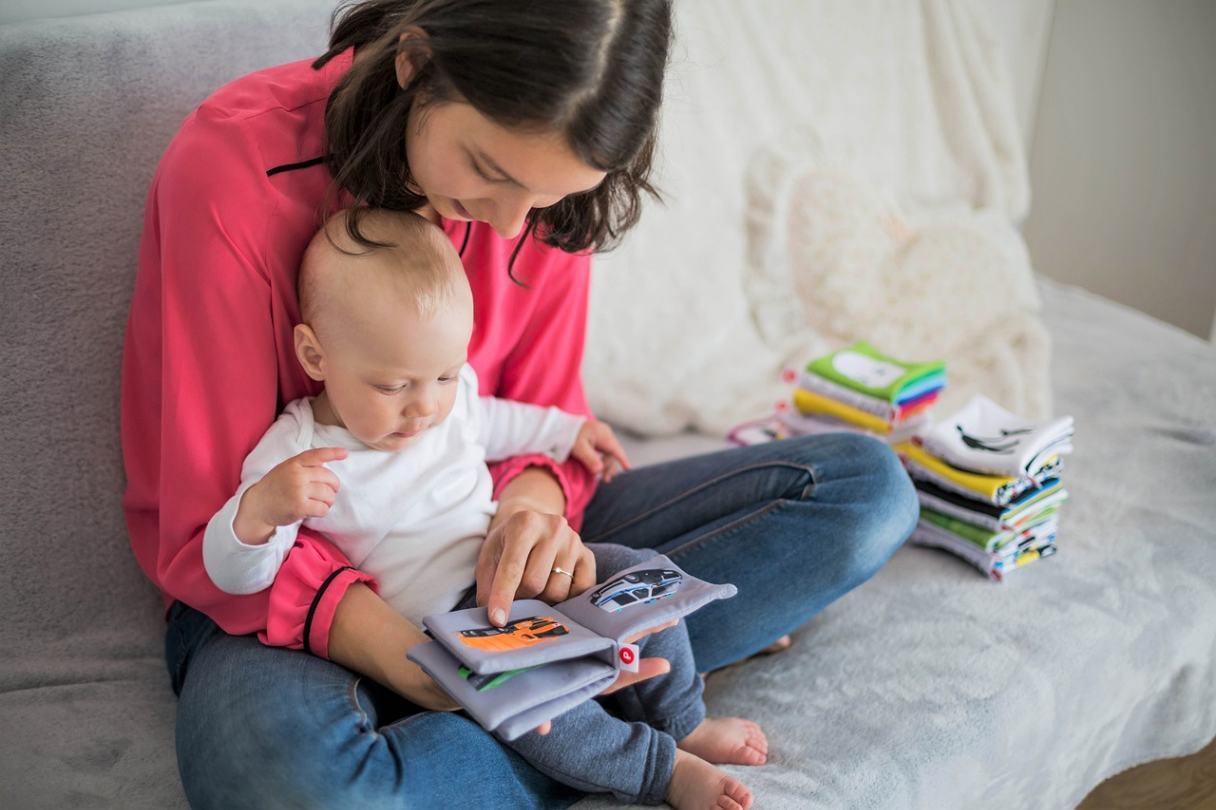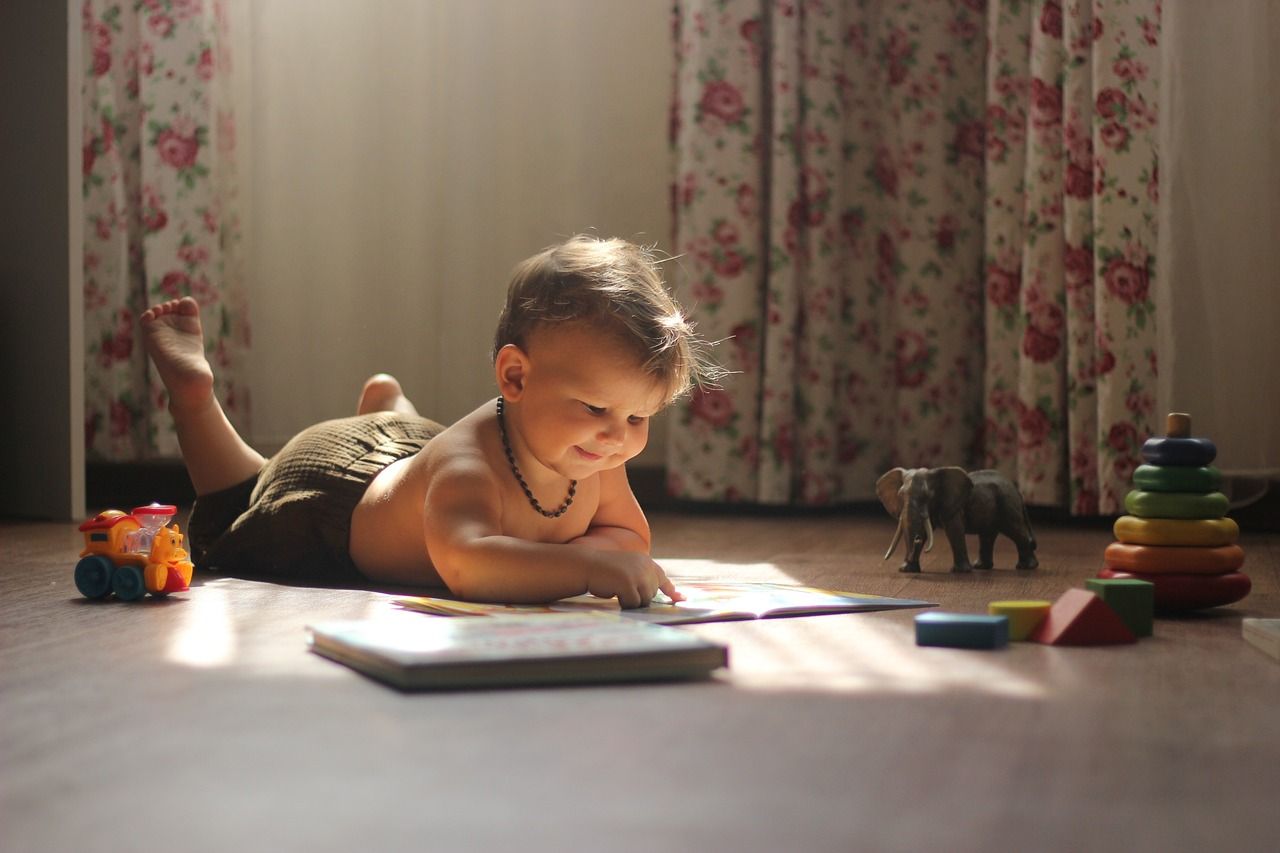


Discover each month's developmental milestones, accompanied by activities to foster their growth
Welcoming a newborn into the world is a joyous and transformative experience for any family. As parents, it’s natural to be curious about your baby’s growth and development. Understanding the milestones your little one will reach in their first year can help you support their journey to healthy growth and development. In this guide, we’ll explore the developmental milestone’s month by month, along with activities and toys to encourage their progress.
Month 1: Building Bonds During the first month, your baby is adjusting to life outside the womb and is primarily focused on basic needs like feeding and sleeping. However, this is also a crucial time for bonding and sensory development.
Activities:
- Skin-to-skin contact: Holding your baby close promotes bonding and regulates their body temperature.
- Gentle massage: Stimulate your baby’s senses and promote relaxation through gentle massages.
- High-contrast toys: Introduce black and white toys or images to stimulate their developing vision.
Month 2: Developing Senses By the second month, your baby’s senses are becoming more refined, and they may start to respond to stimuli with smiles and coos.
Activities:
- Singing and talking: Engage your baby with soothing songs and conversations to encourage language development
- Tummy time: Help strengthen your baby’s neck and upper body muscles with supervised tummy time sessions.
- Soft rattles or crinkle toys: Introduce toys with different textures and sounds to stimulate their senses.
Month 3: Discovering Hands and Feet At three months, your baby is becoming more aware of their body and surroundings. They may start to reach for objects and bring them to their mouth.
Activities:
- Hand-eye coordination games: Encourage your baby to grasp and reach for toys placed within their reach.
- Interactive play mats: Provide a safe space for your baby to explore and kick their legs while engaging with colorful toys.
- Soft books: Introduce cloth or board books with simple pictures and textures for tactile exploration.
Month 4: Exploring Sounds By four months, your baby’s hearing is well-developed, and they may begin to babble and mimic sounds.
Activities:
- Nursery rhymes and music: Sing and dance with your baby to expose them to different rhythms and melodies.
- Interactive toys with buttons: Choose toys that produce sounds or music when pressed to encourage cause-and-effect learning.
- Mirror play: Show your baby their reflection in a mirror to promote self-awareness and social development.
Month 5: Developing Motor Skills At five months, your baby’s motor skills are starting to improve, and they may begin to roll over or sit with support.
Activities:
- Rolling games: Encourage your baby to roll from side to side by placing toys just out of reach.
- Soft blocks or stacking rings: Introduce toys that promote grasping and hand-eye coordination as your baby explores stacking and knocking down objects.
- Baby gym: Set up a baby gym with hanging toys to encourage reaching and batting motions.
Month 6: Sitting Up and Exploring By six months, many babies can sit up with support and are eager to explore their environment.
Activities:
- Interactive board books: Choose books with flaps or textures to engage your baby’s senses while promoting cognitive development.
- Baby-safe mirrors: Place mirrors at different angles to encourage your baby to reach and interact with their reflection.
- Sensory bins: Fill a shallow container with safe objects like soft toys or scarves for your baby to explore through touch and sound.
Month 7: Crawling and Movement At seven months, some babies may start to crawl or scoot across the floor, while others may prefer rolling or belly crawling.
Activities:
- Crawling tunnels: Create obstacle courses using pillows or tunnels to encourage your baby to crawl and explore.
- Push toys: Choose toys that your baby can push or pull along as they start to develop their gross motor skills.
- Soft balls: Roll soft balls back and forth to promote hand-eye coordination and social interaction.
Month 8: Standing and Cruising By eight months, many babies can pull themselves up to stand and may begin to cruise along furniture.
Activities:
- Activity tables: Provide a sturdy activity table for your baby to stand and play, promoting balance and coordination.
- Push-and-pull toys: Encourage your baby to practice walking by holding onto push toys or walkers.
- Shape sorters: Introduce shape sorter toys to promote problem-solving skills and hand-eye coordination.
Month 9: Language Development At nine months, your baby’s language skills are starting to blossom, and they may begin to understand simple words and gestures.
Activities:
- Reading together: Make reading a daily routine and point out objects in books to help expand your baby’s vocabulary.
- Sing-along toys: Choose toys that sing or recite nursery rhymes to encourage language development and imitation.
- Baby sign language: Introduce simple signs like “more” or “all done” to help your baby communicate their needs.
Month 10: Fine Motor Skills By ten months, your baby’s fine motor skills are improving, and they may start to pick up small objects with their thumb and forefinger.
Activities:
- Finger painting: Provide non-toxic finger paints for your baby to explore and create artwork with their hands.
- Nesting cups or containers: Offer nesting cups or containers for your baby to stack and nest, promoting hand-eye coordination and problem-solving skills.
- Pincer grasp games: Practice picking up small objects like cereal or soft blocks to strengthen your baby’s pincer grasp.
Month 11: Social Interaction At eleven months, your baby is becoming more social and may start to imitate gestures and actions.
Activities:
- Pretend play: Encourage imaginative play by offering simple props like toy phones or dolls for your baby to interact with.
- Peek-a-boo: Play games like peek-a-boo to promote social interaction and understanding of object permanence.
- Sing-along books: Choose interactive books with buttons or flaps for your baby to engage with during story time.
Month 12: First Steps By twelve months, many babies are taking their first steps and becoming more independent in their exploration of the world.
Activities:
- Walking toys: Offer push toys or ride-on toys to support your baby’s newfound mobility and encourage walking.
- Outdoor exploration: Take your baby for walks in the stroller or let them explore safe outdoor environments to promote physical activity and sensory stimulation.
- Gross motor games: Play games like “Simon Says” or “Red Light, Green Light” to encourage movement and coordination.
In conclusion, each month of your baby’s first year is filled with remarkable growth and development. By providing a nurturing environment filled with love, stimulation, and age-appropriate activities and toys, you can support your baby’s journey to reaching important milestones and thriving in their early years. Enjoy every moment of this magical time with your little one!
